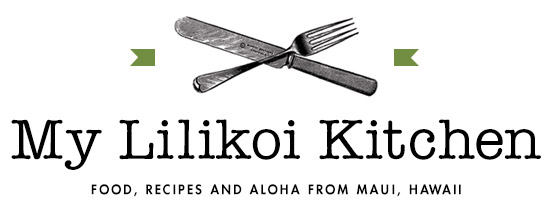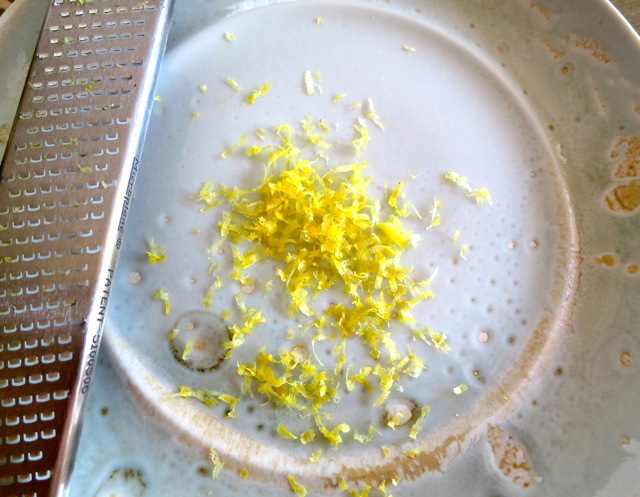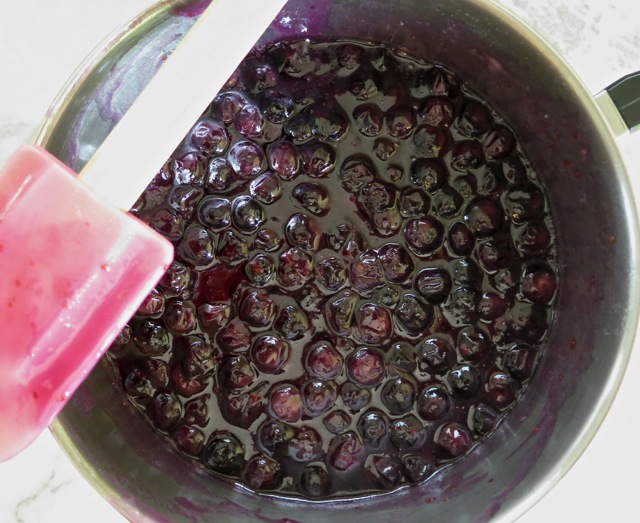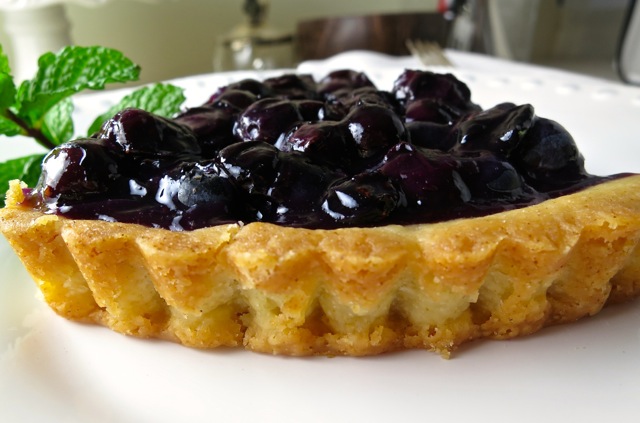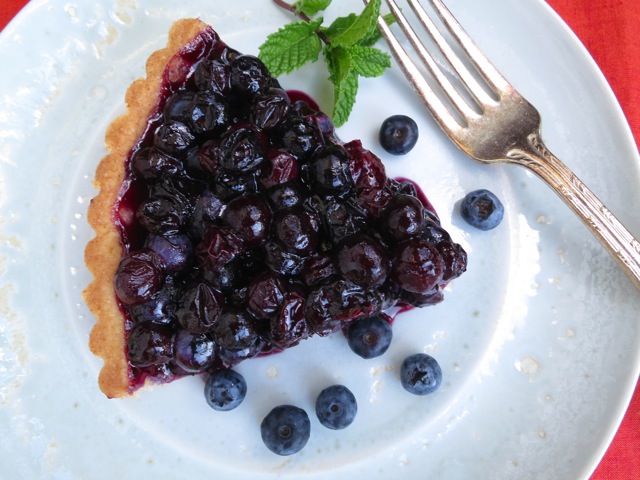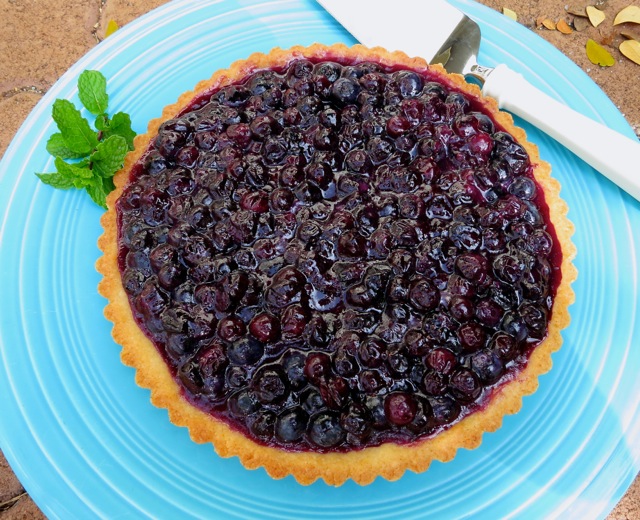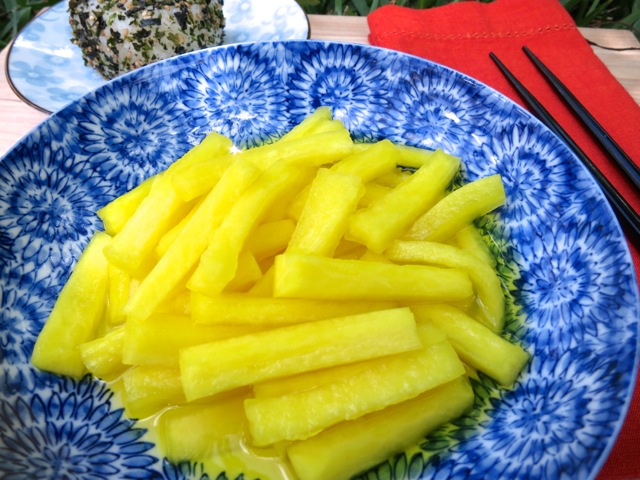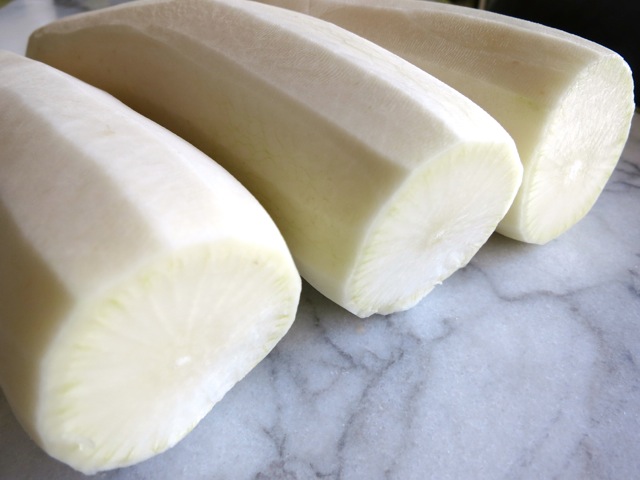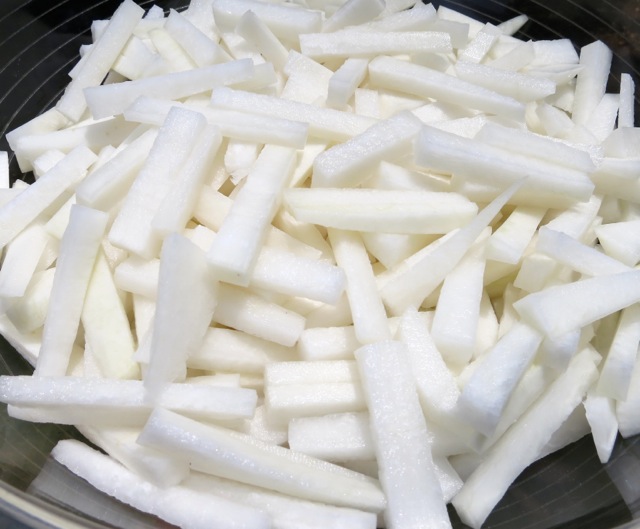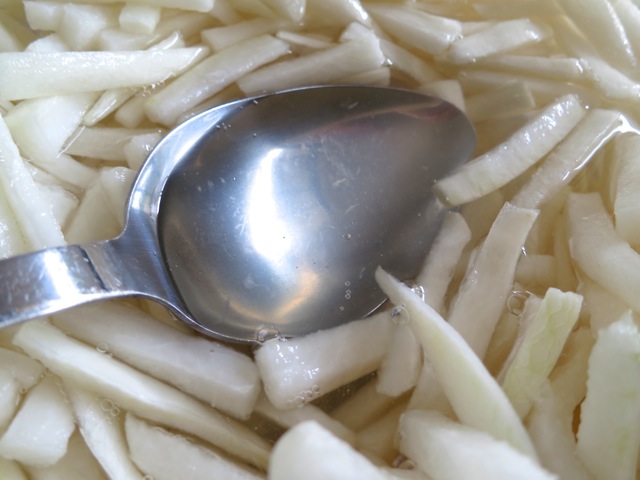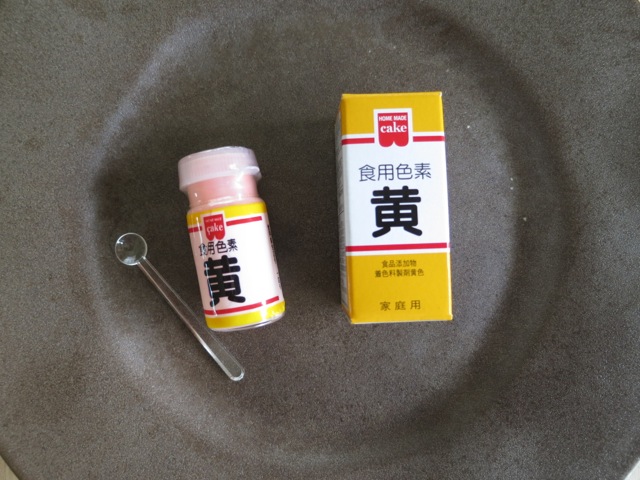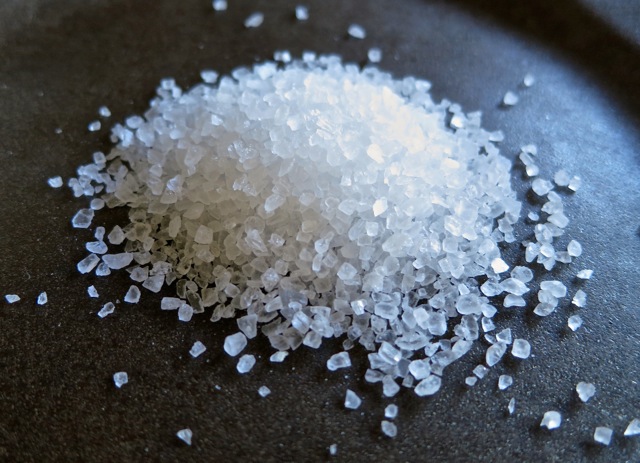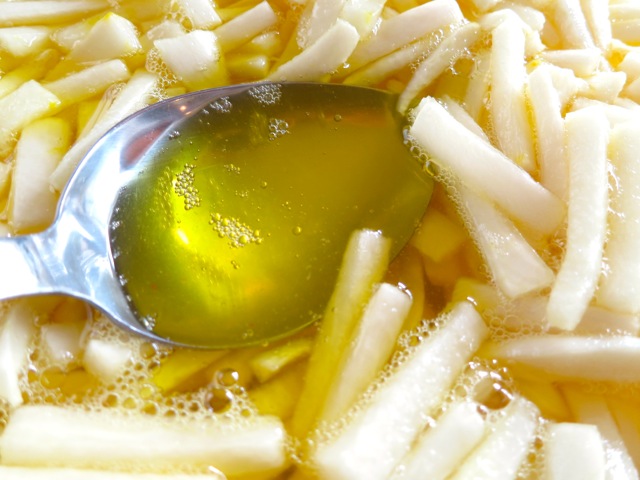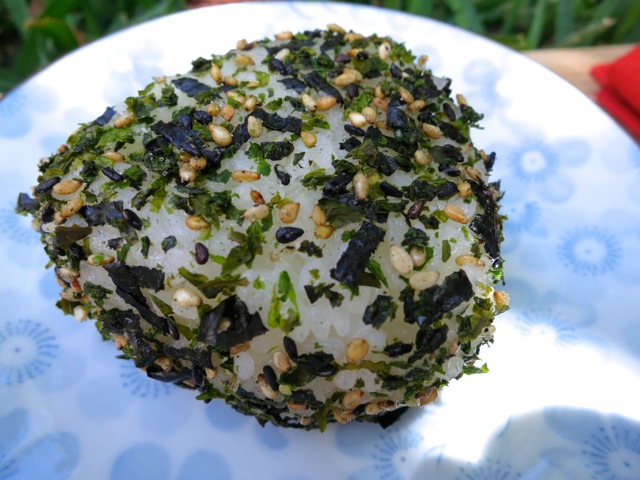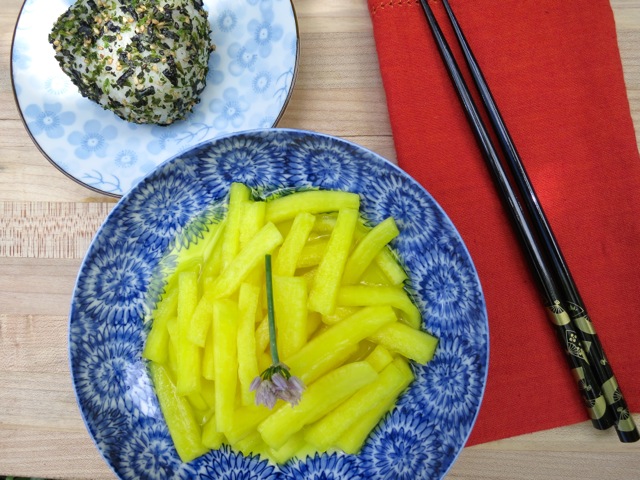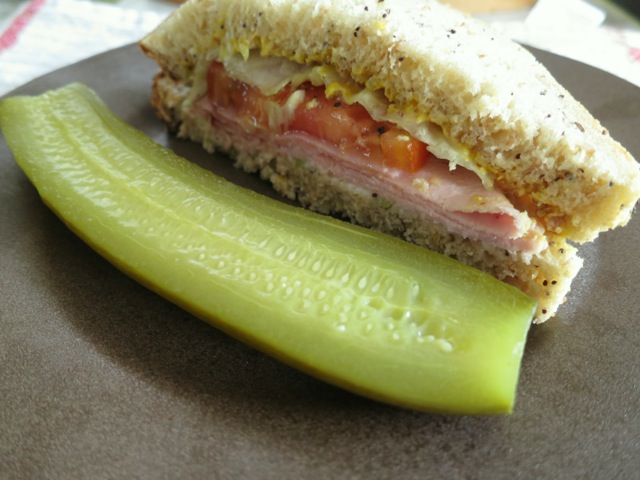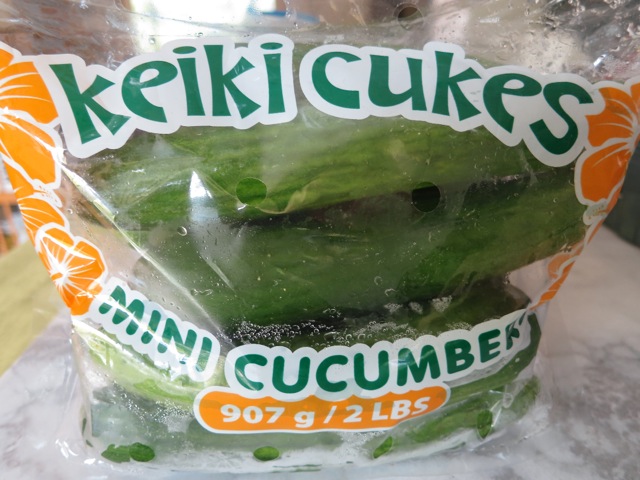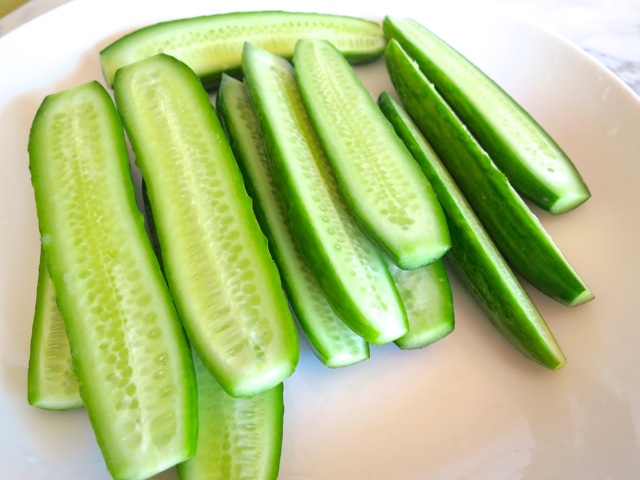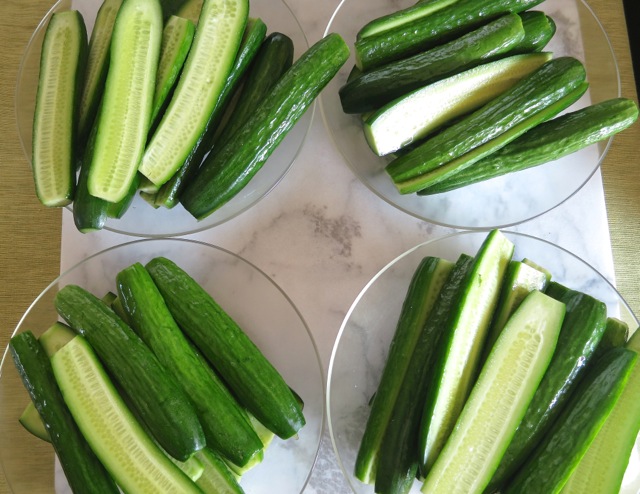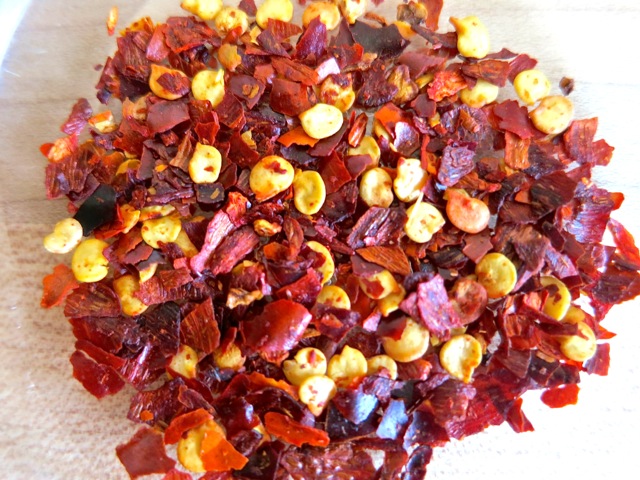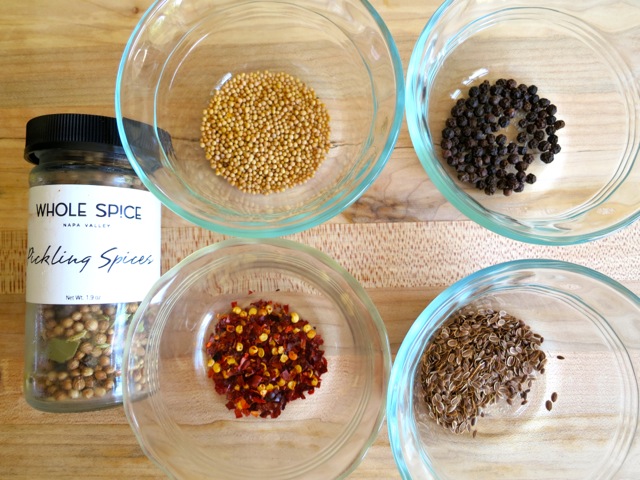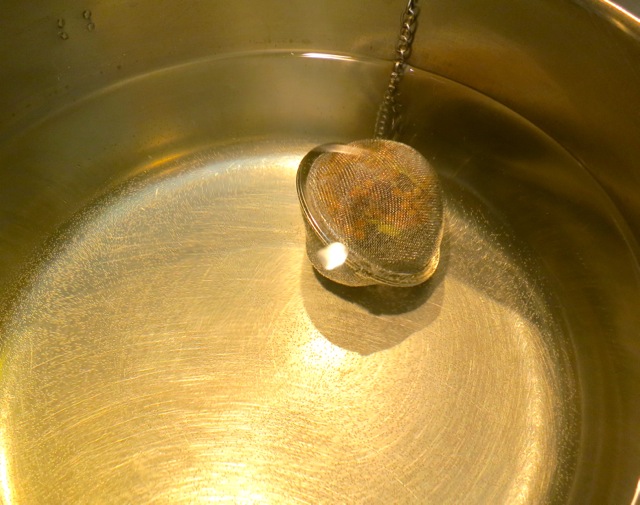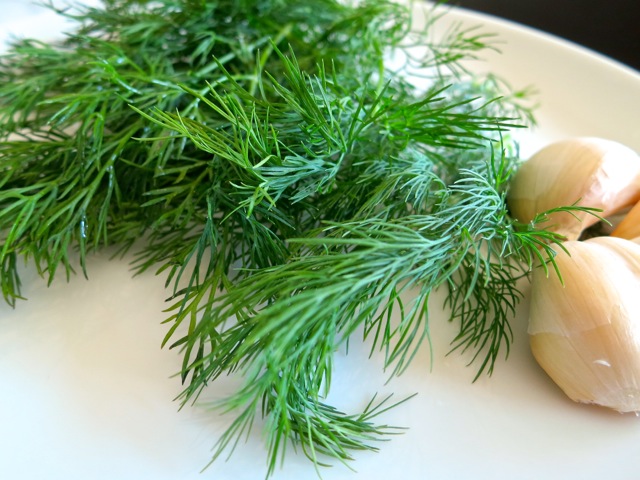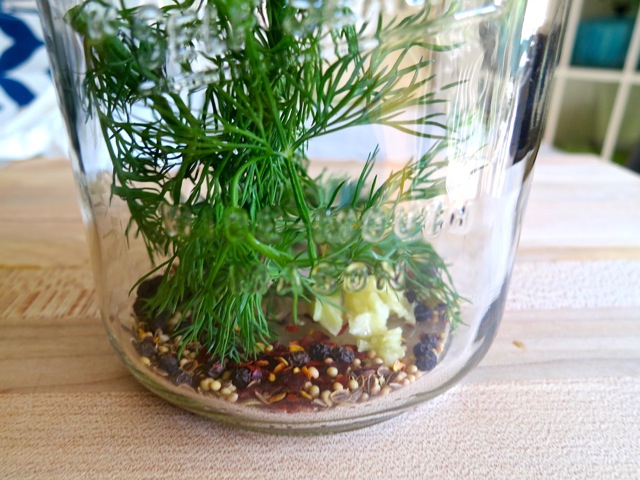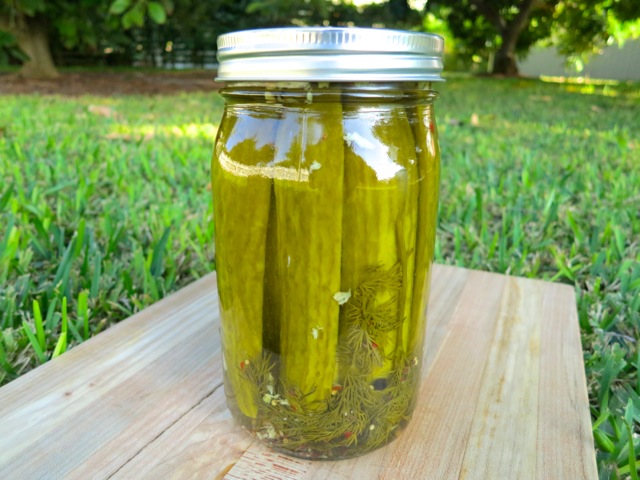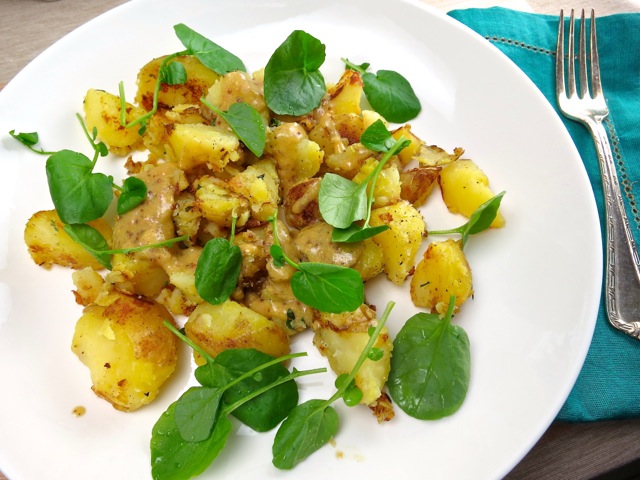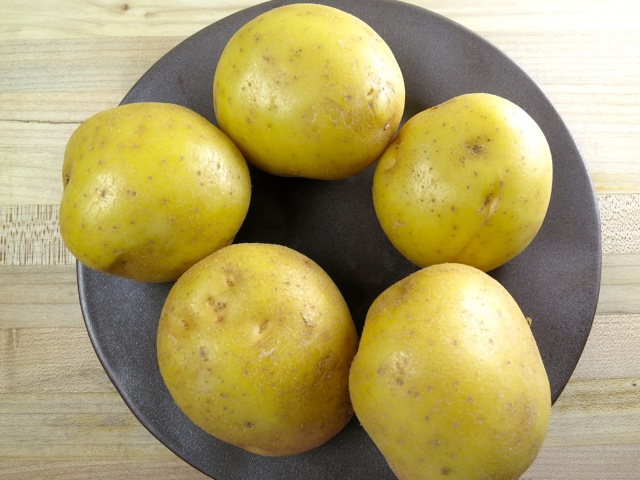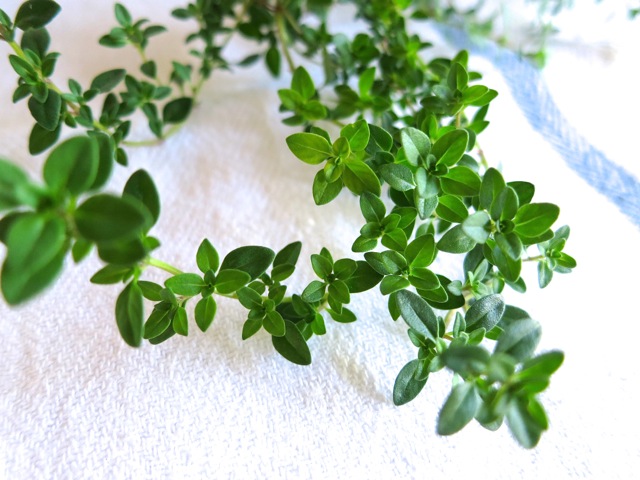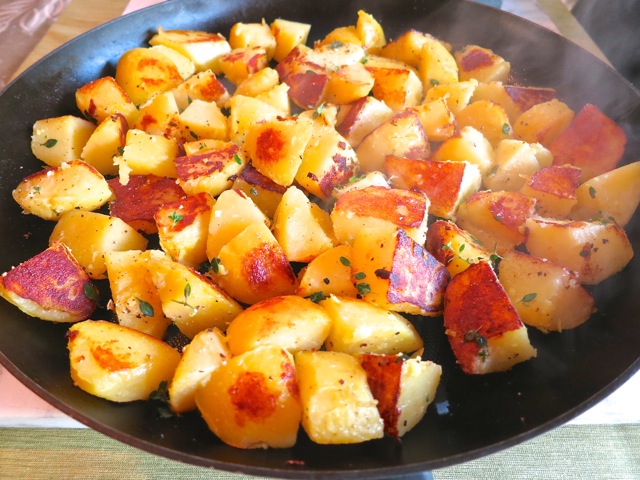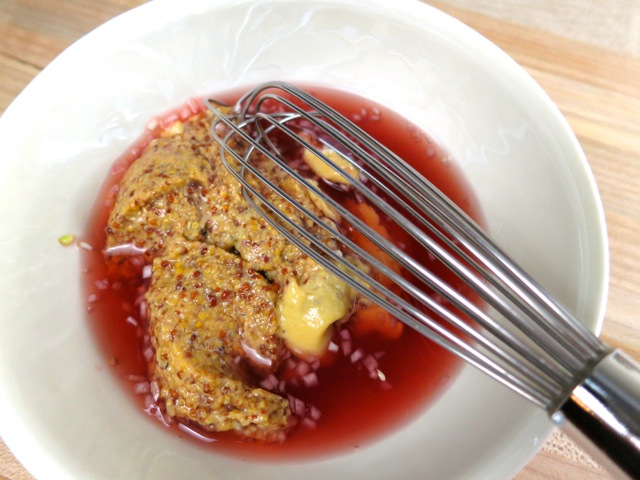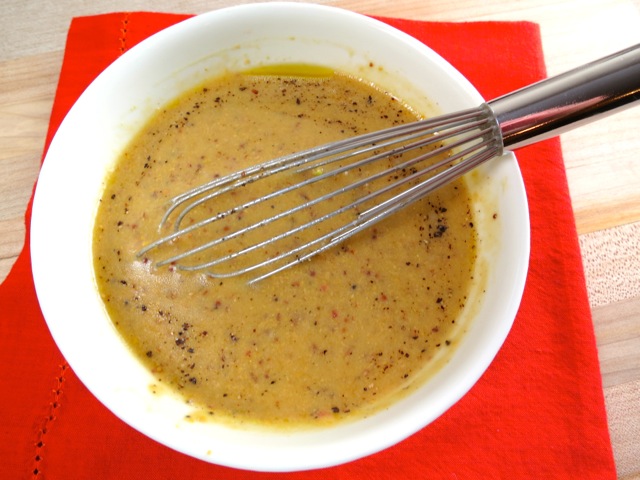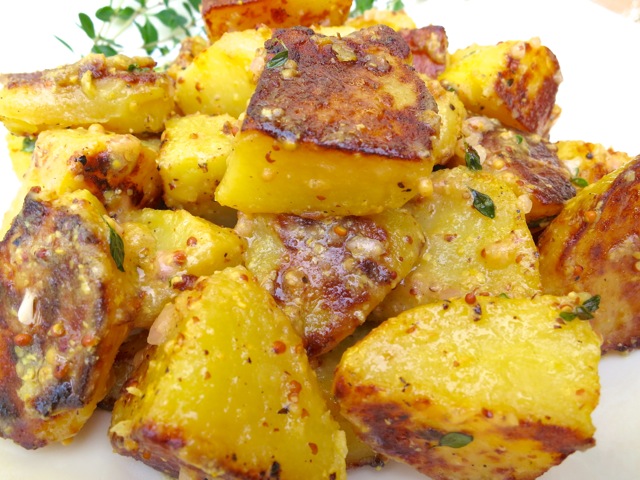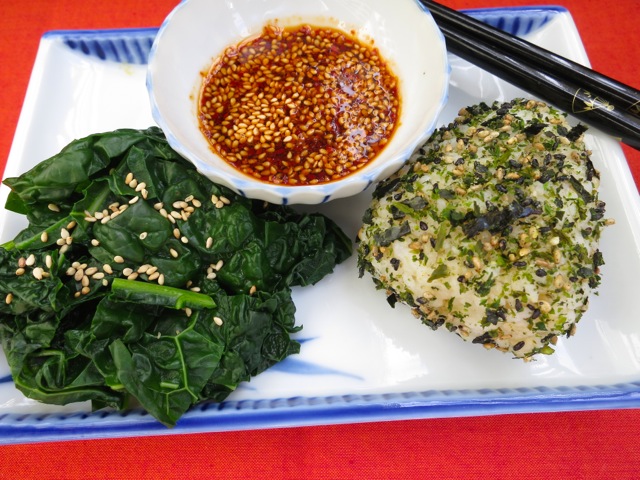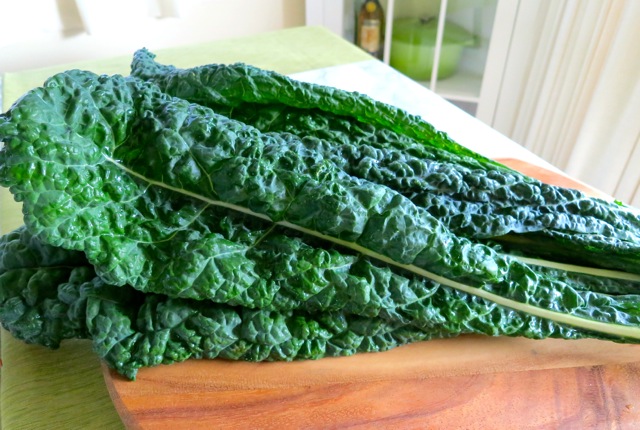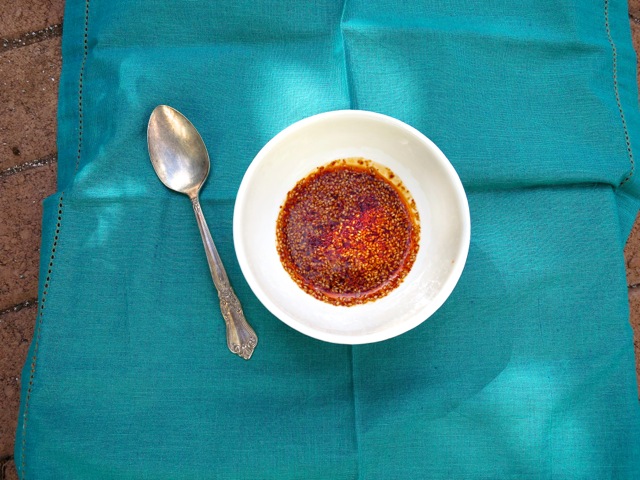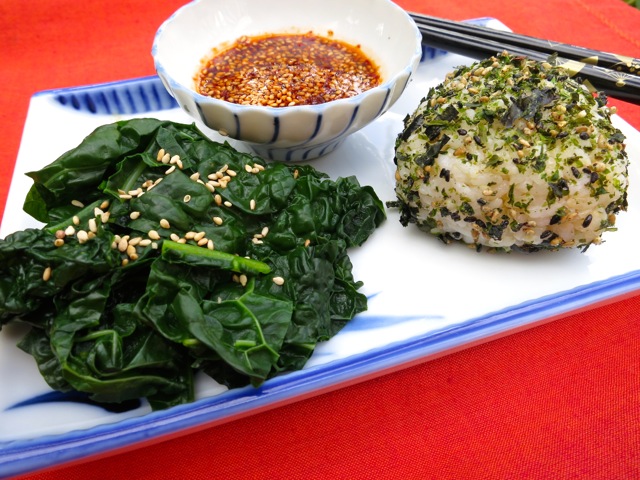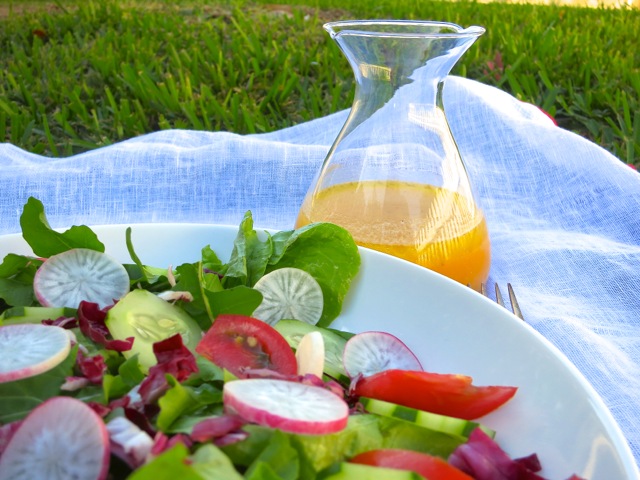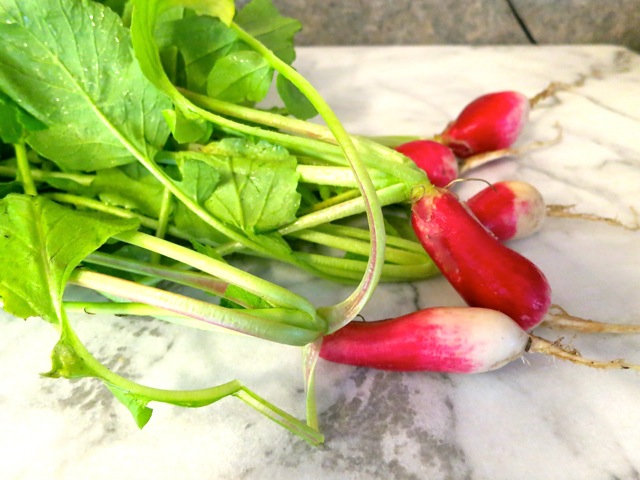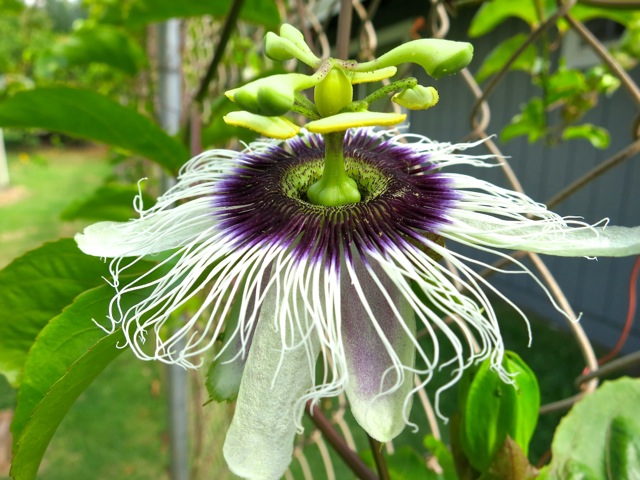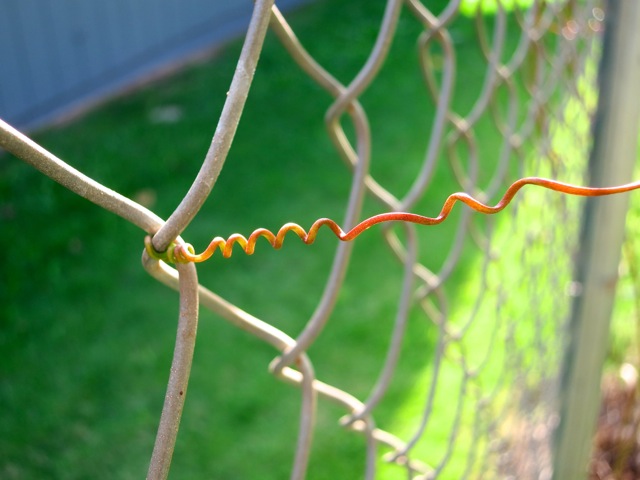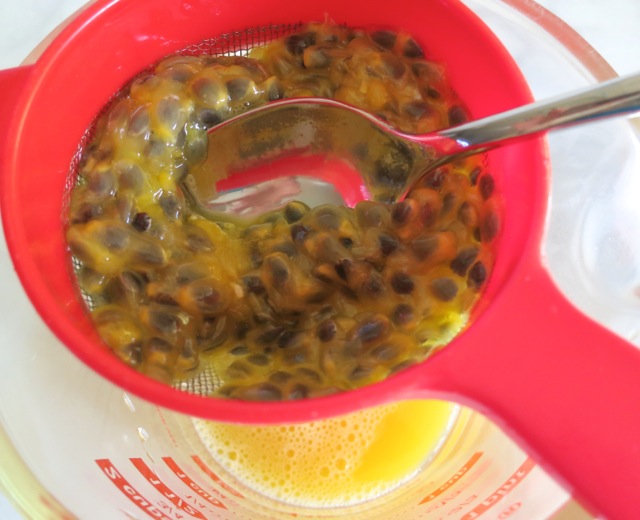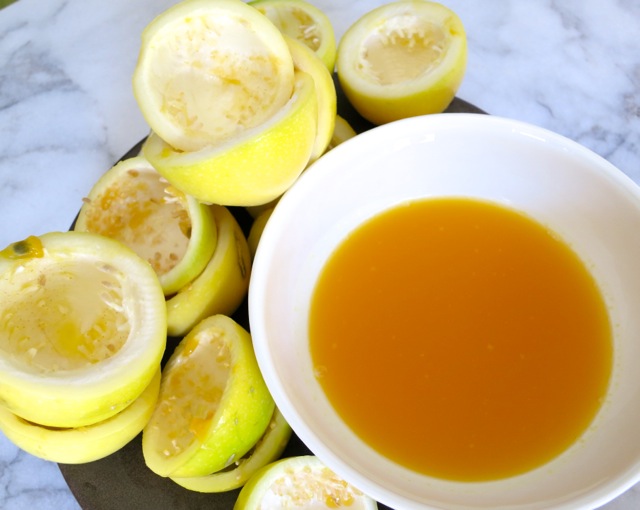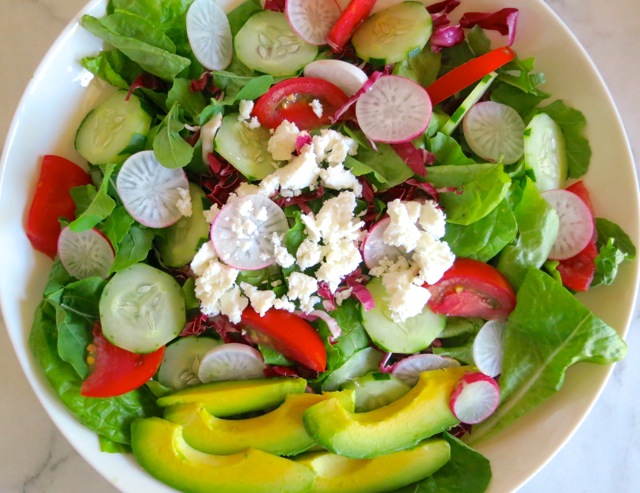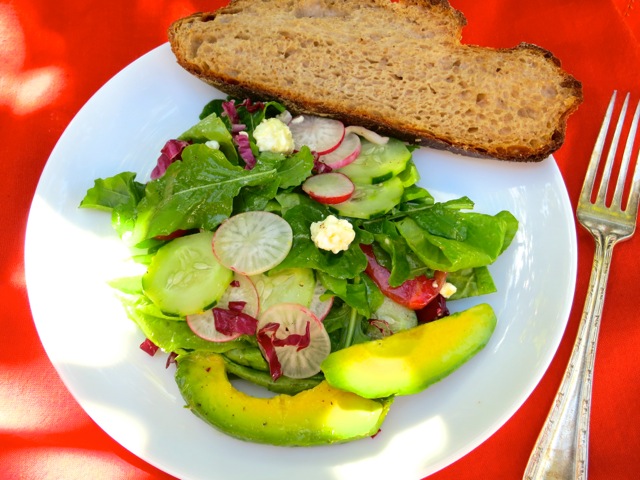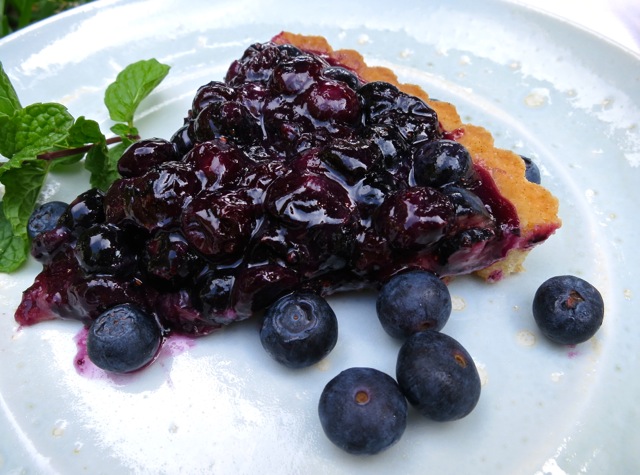 I’ve been enjoying fresh blueberries for months, adding them to my yogurt at breakfast, in weekend griddle cakes, and sometimes eating handfuls for a quick snack. My friend Shanna recently sent me a recipe link for this blueberry tart. The following week while at Costco I found some gorgeous blueberries so I bought a couple of containers with this Alice Medrich recipe in mind. Posted by ABC News, as sometimes happens with recipes, there were two important pieces of information left out; tart pan size and oven temperature for the crust. I only have one tart pan (9-inch) which meant the first problem was solved. The oven temperature was easy to find after a quick search on the internet. Voila! Time to make a blueberry tart.
I’ve been enjoying fresh blueberries for months, adding them to my yogurt at breakfast, in weekend griddle cakes, and sometimes eating handfuls for a quick snack. My friend Shanna recently sent me a recipe link for this blueberry tart. The following week while at Costco I found some gorgeous blueberries so I bought a couple of containers with this Alice Medrich recipe in mind. Posted by ABC News, as sometimes happens with recipes, there were two important pieces of information left out; tart pan size and oven temperature for the crust. I only have one tart pan (9-inch) which meant the first problem was solved. The oven temperature was easy to find after a quick search on the internet. Voila! Time to make a blueberry tart.
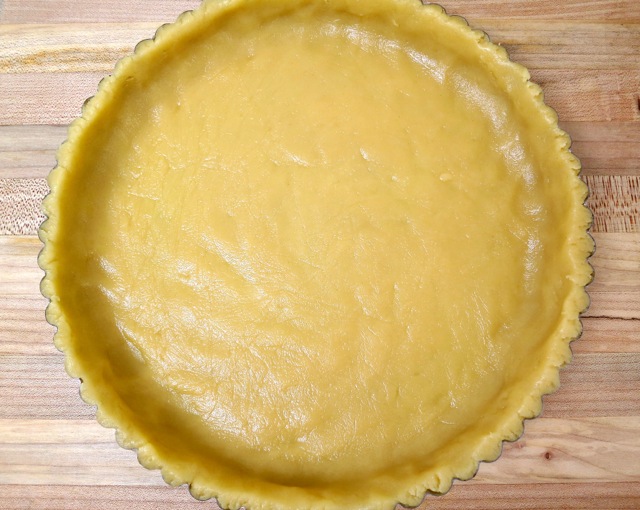 The dough was quite soft as the recipe mentioned it might be, but that actually made it easy to press into the tart pan.
The dough was quite soft as the recipe mentioned it might be, but that actually made it easy to press into the tart pan.
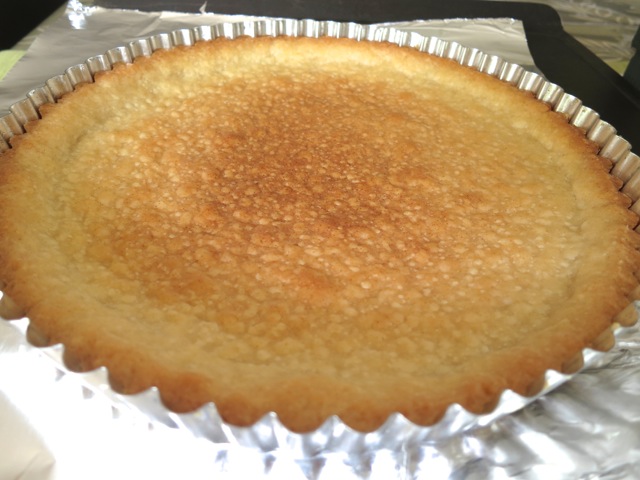 Baked to a beautiful golden color the crust did shrink quite a bit from the top edge of the tart pan. I thought it might be too shallow but it worked out perfectly.
Baked to a beautiful golden color the crust did shrink quite a bit from the top edge of the tart pan. I thought it might be too shallow but it worked out perfectly.
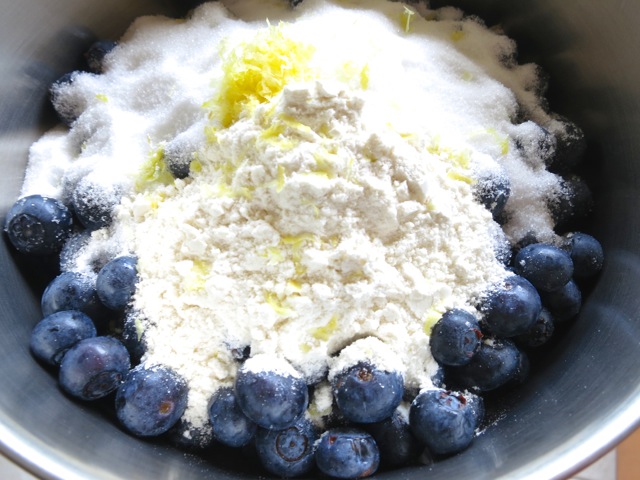 Blueberries, sugar, water, flour, lemon zest and a dash of salt are combined and heated briefly on the stove.
Blueberries, sugar, water, flour, lemon zest and a dash of salt are combined and heated briefly on the stove.
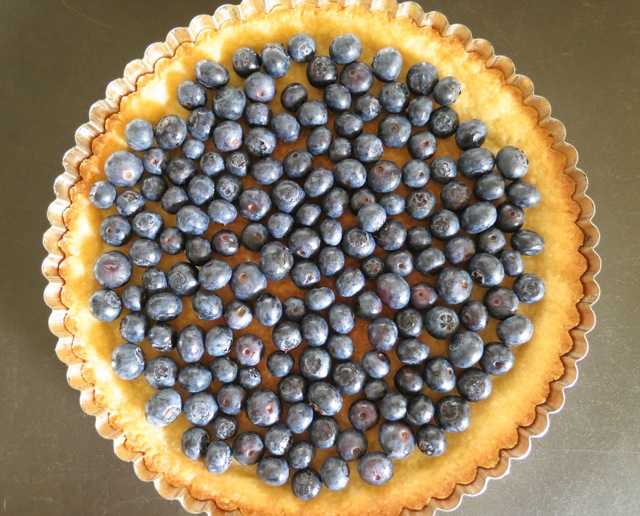 Half of the fresh blueberries are set aside and sprinkled over the baked crust before adding the cooked berries.
Half of the fresh blueberries are set aside and sprinkled over the baked crust before adding the cooked berries.
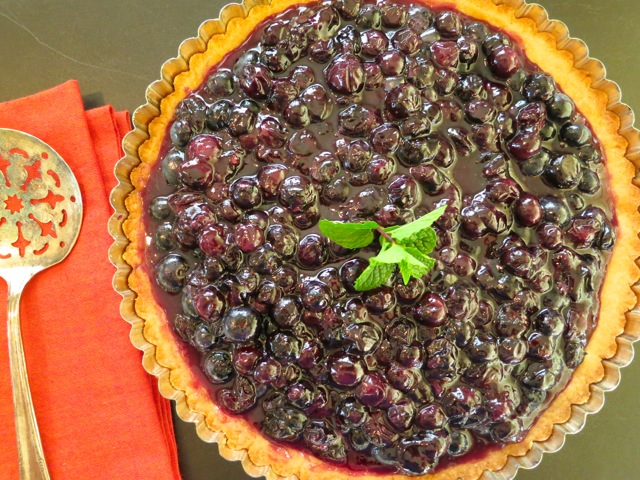 This recipe is so easy to prepare. It is the perfect dessert for a small party. The tart is chilled thoroughly before serving and that means you can make it in advance. The recipe mentioned the tart is best eaten the first day however I found it is just as good the following day.
This recipe is so easy to prepare. It is the perfect dessert for a small party. The tart is chilled thoroughly before serving and that means you can make it in advance. The recipe mentioned the tart is best eaten the first day however I found it is just as good the following day.
Alice Medrich’s Easy Blueberry Tart
Adapted from ABC News
Makes one 9-inch tart
Ingredients
For the crust:
10 tablespoons (5 ounces) unsalted butter, melted (I used Earth Balance Buttery Sticks)
1/4 cup (1.75 ounces) sugar
1 teaspoon vanilla extract
1/4 teaspoon salt
1 1/4 cups + 1 tablespoon (5.75 ounces) unbleached all-purpose flour
1/4 teaspoon baking powder
For the filling:
4 cups fresh blueberries (1 1/2 pounds)
3/4 cups (5.25 ounces) sugar
1/3 cup water
2 tablespoons unbleached all-purpose flour
1/8 teaspoon salt
grated zest of 1 small lemon
Preparation
Preheat oven to 350 degrees.
To make the crust: Combine butter, sugar, vanilla, and salt, in a medium bowl. Mix the flour and baking powder together thoroughly, add to the butter mixture, and mix just until well blended. If the dough seems too soft, let it stand for a few minutes to firm up.
Press the dough over the bottom and up the sides of a 9-inch tart pan to make a thin, even layer making sure to press the dough uniformly around the edges of the pan to avoid extra-thick edges. (The crust can be prepared up to 2 days in advance. Wrap well and refrigerate until ready to use. Bring to room temperature before baking). Place tart pan on a baking sheet and bake for 22 – 25 minutes, until the crust is fully golden brown all over. If the crust puffs up during baking, gently press it down with the back of a fork and prick it a few times. Set the baked crust aside while you prepare the filling.
Combine 2 cups of blueberries with the sugar, water, flour, salt, and lemon zest in a medium saucepan and bring to a simmer over medium heat, stirring frequently. Then simmer, stirring, until the filling is thickened and translucent, about 3 more minutes.
Spread the remaining 2 cups of uncooked blueberries in the tart crust. Spoon the hot blueberry mixture into the crust, covering the raw blueberries evenly. Spoon enough liquid into the tart so that it just comes up to the edge of the crust. Discard excess liquid. Let cool, then refrigerate for at least 2 hours, until the filling is set.
Serve the tart cold. Remove the sides of the pan and transfer the tart to a serving platter. The tart keeps well, covered, in the refrigerator for up to 2 days.
